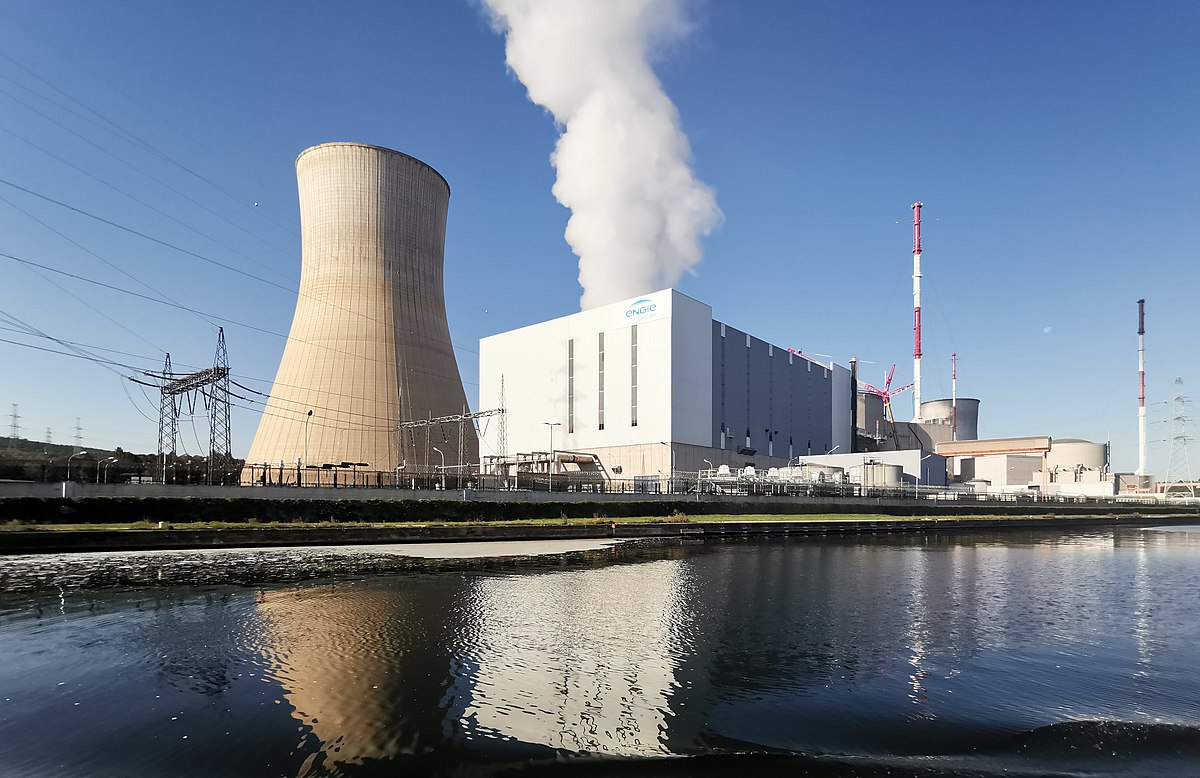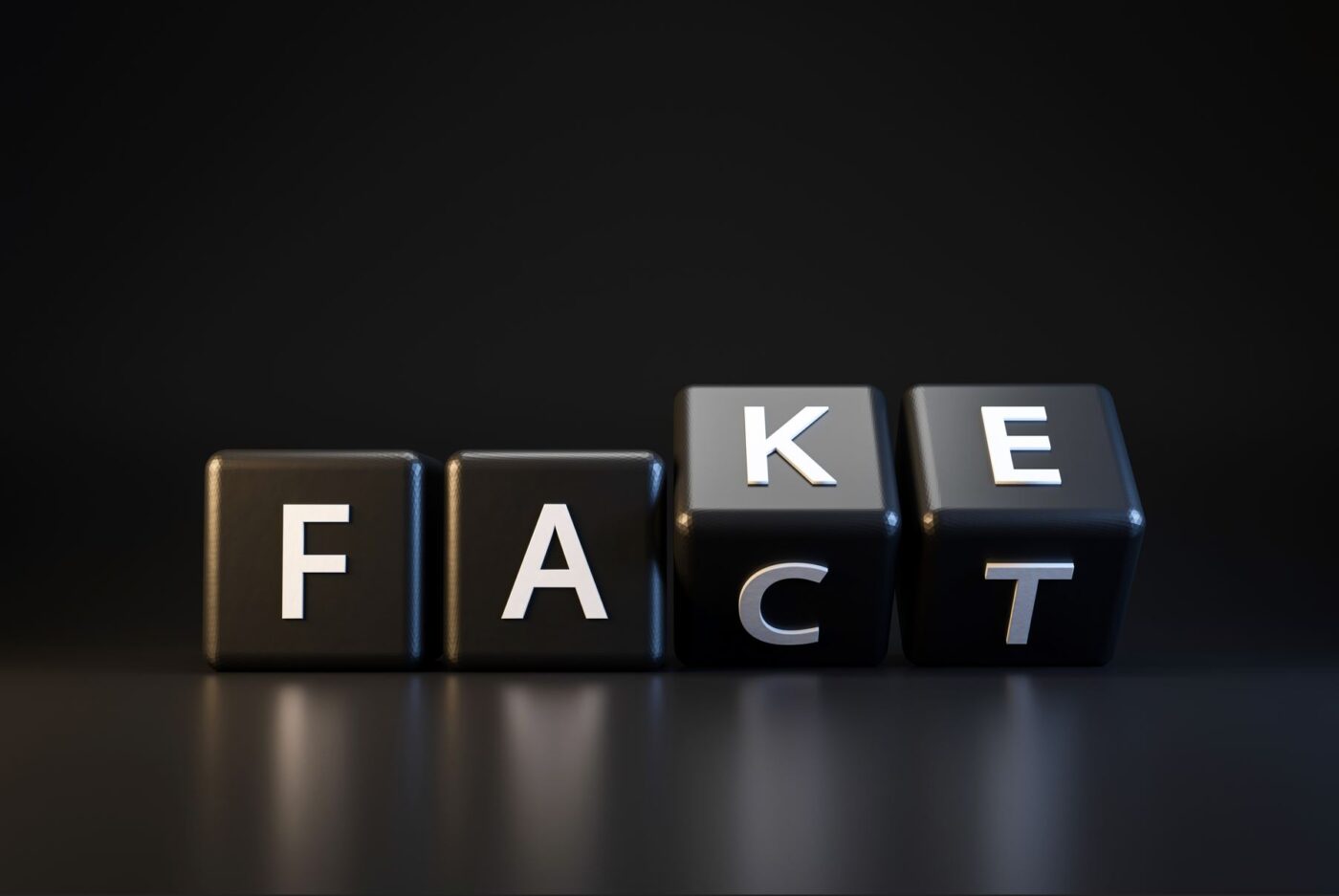“On 13 June 2017 at the Zachodniopomorskie Voivodship Office in Szczecin an information meeting was held on the controversial Nord Stream 2 gas pipeline. The consortium responsible for the project had the opportunity to present the facts, while Polish citizens and other interested parties were able to ask questions,” writes Wojciech Jakóbik, editor in chief of BiznesAlert.pl.
A 50-year plan
Nord Stream, which was the first gas pipeline from Russia to Germany across the Baltic Sea was opened in 2012. Its capacity is 55 bcm annually. Once the other gas pipeline is constructed on the Baltic’s seabed 110 bcm of Russian gas will transmitted to the German coast. Nord Stream 2 may put at risk the development of both – the regional market and potential competition from new, non-Russian deposits. Additionally, transit of fuels from Russia via Poland and Ukraine may cease.
The meeting in Szczecin attracted the attention of the inhabitants of the Zachodniopomorskie Voivodship, journalists and officials. Representatives of Nord Stream 2 pointed to the fact that this was the biggest crowd they have ever seen participating in consultations. The gathering lasted almost three hours. In addition to the public consultations, the Nord Stream 2 consortium also published a report on international consultations in Polish. The representative of the company presented the basic information on the project. The Danish company Ramboll responsible for the environmental impact report was to present its findings.
According to the Nord Stream 2 consortium, the pipeline will support all of the targets of the EU energy policy. In order to achieve those goals, the EU drafted the so-called Energy Union strategy. “It’s a project for the next 50 years, so we have to look far into the future,” said Sebastian Sass head of Nord Stream’s EU representation and spokesman for the project.
He argued that new supplies via Nord Stream 2 would cut down gas prices in the region, while increased gas consumption would lower CO2 emissions, which was line with the climate policy. “Whatever gas appears on the EU internal market, will be delivered where it is needed,” stated Sass.
“All emissions that appear in the process of producing EU energy will be decreased, because gas will replace coal,” said Sass. He failed to mention that a number of EU states is planning to give up on fossil fuels altogether by mid-century. Robert Cyglicki, the director of Greenpeace Poland, complained to Sass that he did not take into consideration the European trends in renewable energy sources. He stated that Nord Stream 2 would cement the market instead of developing it. Cyglicki also concluded that new infrastructure was not necessary because gas consumption in Europe would be dropping. “There are various analyses,” replied Sass evasively.
The Nord Stream 2 spokesman reminded that five European companies supported the project with credits: OMV, Engie, Shell, BASF/Wintershall and E.on/Uniper. “These companies understood that the project is important for European jobs and industry. Over 200 companies from 17 countries are involved,” he emphasized.
What about the environment?
The representative of Ramboll, Jorn Bo Larsen pointed out that such a quick environmental impact procedure was possible only thanks to the fact that the route of Nord Stream 2 was the same as the first pipe’s. This allowed the company to speed up its research. I asked whether the research was impartial since Gazprom paid for it, and the EU Parliament adopted a resolution in 2008 on the assessment of Nord Stream 1 and stated it was not impartial. Similar objections were raised by Greenpeace, on which we have reported on BiznesAlert.pl.
Ramboll replied that the environmental impact in Germany and Russia was conducted by his company’s independent contractors. “As a commercial entity we have to follow the existing legal system. We have to provide all the information in line with the law,” replied laconically Sass.
What about Ukraine?
“This is additional gas for Europe, which will improve energy security. This is not about replacing the existing routes, this is an answer to the future demand,” said the spokesman. He also argued that the drop in EU’s production will make Nord Stream 2 gas indispensable, which testified against the argument that it will replace supplies from other directions. We can only guess he was talking about the transit through Ukraine.
Russia’s Gazprom said something completely different, when it stated that thanks to Nord Stream 2 it will be able to minimize transit via Ukraine in 2019. That year the transit agreement will end and Nord Stream 2 construction will be completed. There is no coincidence here. Currently Gazprom is the sole owner of the Nord Stream 2 consortium, which means it was the project’s owner who decided to use it to decrease the transit via Ukraine. The rest is just PR advertised by elegant representatives who appeared in Szczecin.
When BiznesAlert.pl asked about the transit via Ukraine, Sass replied evasively. “As a commercial investor we cannot affect gas transit via a different infrastructure and we cannot speak on behalf of other operators,” stated Sass.
“The market has some concerns about the reliability of transit via that county because of the state of its transmission system,” he added. He also stressed that Nord Stream 2 forecast included assumptions on the amount of additional gas that would be needed in Europe, which would point to the fact that supplies through Nord Stream 2 would not replace volumes transmitted across Europe.
“I do not see any reasons why a different operator would, because of our project, have a problem with supplies to the market if there is sufficient demand. This does not depend on us. Every operator has to ensure its transit system efficiency. If Nord Stream 2 is constructed I do not see any reason why the Ukrainian system would not be used,” he explained.
The spokesman failed to mention that if Nord Stream 2 will transmit gas to the same consumers to whom the Ukrainian pipes are delivering gas today, demand for Ukrainian services may drop.
What about Central and Eastern Europe?
Sass’s other statements also contradict the claim that Nord Stream 2 will not replace Ukrainian infrastructure. The spokesman did not fully answer when I asked him how was the consortium planning to deliver gas to Western Europe if it was planning to construct the EUGAL pipeline, which will transmit gas to Central and Eastern Europe only. The gas transmission system operator in Eastern Germany – GASCADE, in which Gazprom has shares, just like in Nord Stream 2, stated it was expecting to transmit 54 bcm a year in our region. However, there are no plans or research on the demand for the pipeline’s branch to Western Europe, about which Sass talked.
“We do not have any influence over and we cannot predict the plans on the construction of new gas links,” the Nord Stream 2 spokesman stated. “Our project is offshore. In this business we put a capacity offer on the market and then customers book it. The rest is not our job.”
I pointed out that just a second ago, the spokesman stated that Nord Stream 2 was planned for the next 50 years, so it would be wise to include the target consumer. “Some companies like GASCADE have their own calculations and suggest their own solutions,” he referred to the operator’s plans mentioned above.
“We transmit gas to the market. Where the gas will flow will be decided by the market,” said Sass. The representative of Nord Stream 2 argued that despite the fact that the majority of Russian gas would be delivered to Europe under the Baltic Sea and via Germany through the Nord Stream pipes, there was no reason to worry about the supply’s security.
“The gas will not be delivered to a specific country, like Germany. It will be transported further through the common market in Europe,” said Sass. So I asked what would the consortium do if it turned out that the Nord Stream 2 gas would not be able to flow to Western Europe because there would be no demand or connecting gas pipeline. “We deliver gas to the entrance point in Germany and demand on the EU internal market will decide what will happen next. This is the implementation of the idea of the common market supported by the European Commission. Central planning will not determine that.”
I replied that the consortium informed it wanted to transmit gas to Western Europe. Why was that postulate included in the consortium’s information? The answer was the same. “We can only assume that gas demand in Western Europe will go up, because production in the North Sea and deliveries from Norway will drop. We can assume that there will be demand for our market there. But it is the market that will decide where the gas will flow.”
However, if the gas flows to CEE, as the market and GASCADE’s research show, this means it will replace the Ukrainian deliveries, which currently supply the region. “If we develop a common gas market, it will decide where the gas will flow,” insisted the Nord Stream 2 spokesman again like a broken record. “We will not decide where gas will flow. Clients will,” he stressed. Clients decided they wanted gas from EUGAL. This means the rhetoric about delivering gas to the West is false, and Nord Stream 2 may lead to a decrease in gas transit across Ukraine, which will threaten the country’s stability.
The consortium claims no risk will be posed to deliveries to CEE, even though critics of the project state it will be the opposite, especially if it will be Nord Stream 2 that will deliver the raw material to the region. However, if the gas flows to the West a different threat will emerge. Georg Zachmann from Bruegel, a European think tank, proved that infrastructural deficiencies on the border between Eastern and Western Europe may cause problems with gas deliveries to the East from Germany if the gas transit from Russia will be redirected to Nord Stream 2. This will pose a threat to deliveries to Poland and other states of the region, and thus will make it possible to demand an unfair price from clients in the region. BiznesAlert.pl has reported on this. I asked the spokesman about this problem.
“We can only ensure deliveries to the market. The expansion of gas links in the European Union is implemented independently of us. Every state has to ensure secure gas deliveries through the construction of such links. This is one of the requirements of the common market and gas needs to be transmitted freely from one market to the other, but this is outside of our scope,” stated the spokesman.
“Operators and customers will book as much gas capacity as they will need,” he refuted the objections that Nord Stream 2 will block gas market development because it will reserve CEE for the raw material from Russia.
What about Poland and Baltic Pipe?
The discussion also touched on the Polish-Danish Baltic Pipe project. “We talked about this with our partners. However, we do not have enough information to assess it,” stated Simon Bonnell. He added that the crossing of the gas pipelines will be a technical issue and that its solution will depend on what the parties will propose about constructing one pipeline over the other. BiznesAlert.pl reported that the apparently simple technical issue may turn into a political problem if someone will want to block the Northern Gateway, which will provide CEE with non-Russian and theoretically cheap gas. The Nord Stream 2 representative stipulated that because there was no information on the Baltic Pipe, it had not been included in his company’s project. It remains unknown whether this means that if the Polish pipe is build earlier, it will force the consortium to revise its assumptions, which will delay the project.
Another interesting part of the discussion was a statement made by fisherman Wiesław Szklany from the town of Darłowo. He suggested that the Nord Stream 1 pipeline could be responsible for the pollution, which is causing a decrease in the cod population in the Baltic. To prove his point he brought on a platter a cod, which died because of pollution. “The Nord Stream 2 consortium has nothing to do with it,” ensured Simon Bonnell, Head of Permitting at the consortium. Whereas the Polish Plenipotentiary for Strategic Energy Infrastructure enquired about blowing up of arsenals lying on the sea’s bottom, which may impair the hearing of Polish porpoises. The consortium ensured it would deliver on all standards regarding this issue. He did not reply to the allegation that the environmental impact documentation was inaccurate.
After the Szczecin consultations, the interested parties will be able to ask the Nord Stream 2 consortium questions via the Polish Ministry of Environment. The ministry will collect them and send to the company’s headquarters in the Switzerland’s Zug. The meeting’s participants promised full transparency. “Let’s stay in touch,” said Sebastian Sass after the event was over. I would like to take this opportunity to say hi to him, as he stated he reads the English version of BiznesAlert.pl.








